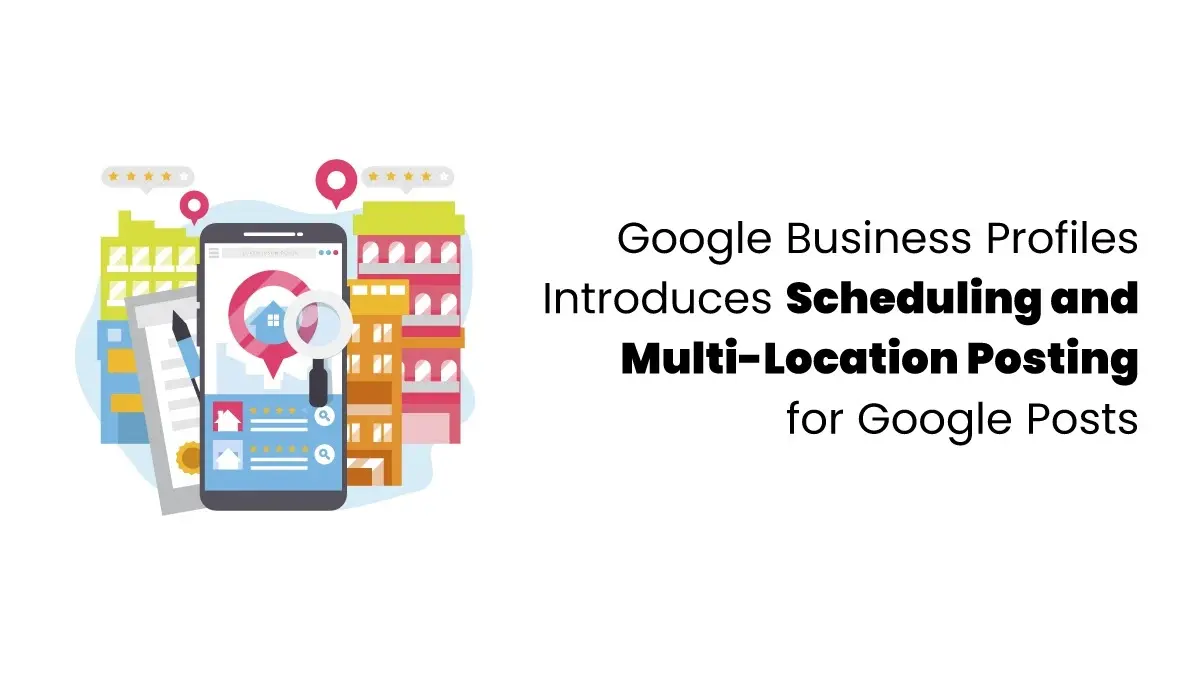Introduction
Want to write better emails? It all starts with knowing the tricks. Doesn’t matter if it’s a sales email, a follow-up, or an ad. Knowing how to put your email together can make a big difference. Here are valuable tips to write emails that not only grab attention but also drive engagement and get you what you want, whether it’s at work or just in your life. This article focuses on practical, real-world tips to write emails that get results, helping you boost engagement and drive action.
Tips to write emails effectively
Following these tips while writing emails can make a huge difference in how your message is received and acted upon. Here are some handy tips to help you write clear and effective emails that grab attention in today’s crowded inboxes:
Subject lines that grab people’s attention.
Your subject line is very important—it’s what makes people decide if they’ll open your email or just pass it by. Right now, it’s really important to be personal and straightforward. Ditch the generic lines and write in a way that speaks to the reader directly. Focus on what they need, spark their curiosity, or show them what’s in it for them. For example, asking “Having trouble with slow website traffic?” grabs attention way better than just saying “Marketing Tips Inside.” When a subject line directly addresses the reader, it feels more relevant and urgent, which helps to get those open.
Dynamic Personalisation Beyond the Name
Personalisation today goes far beyond just dropping someone’s first name into an email. Dynamic personalisation means tailoring the content based on user behaviour, interests, location, purchase history, or even the device they’re using. For instance, sending product recommendations based on browsing history or offering location-based workshop invites feels more relevant and thoughtful. When your emails reflect what the reader truly cares about—not just who they are—you build trust and increase engagement naturally. It’s about making each email feel like it was written for them, not the masses.
Human, Conversational Tone Wins
People don’t like reading stiff, formal emails—they want to feel like they’re chatting with a real person. Writing in a friendly, conversational way helps build trust. Talk like you normally would: be clear and approachable. Instead of saying “Kindly be informed,” just say “Just a quick heads-up.” Ask questions, use contractions, and keep it chill but still professional. In 2025, brands that sound human will grab attention—those are the emails that actually get read and replied to.
Lead with Relevance
You’ve only got a few seconds to grab someone’s attention, so start your email with something valuable right away. Skip the fluffy introductions and get to what really matters to the reader. Whether it’s a way to solve a problem, a special offer, or some helpful information, focus on what they need. Showing that you value their time makes them more likely to keep reading. In a crowded inbox, being direct is very important.
Shorter Is Smarter
Long emails can easily be skimmed or ignored. In today’s busy digital world, it’s best to keep your messages brief and to the point. Make sure your message is clear and stick to the essentials without leaving out important details. Break up big ideas into short lines or bullet points. Your aim is to make it easy for the reader to understand what you need and respond quickly. Shorter emails not only respect their time but also boost your chances of getting a reply.
Clean, Skimmable Layouts Dominate
People usually just scan emails instead of reading every single word. Because of this, you want your email to be easy to skim. To do that, keep your layout clean and simple. Use short paragraphs, bullets, bold headings and white space. Try not to use big blocks of text. If your email is easy to skim, your main points will get across quicker, and it’ll keep the reader interested, even if they’re just taking a quick look. Nowadays, the top emails will be the ones that look straightforward, feel easy to read, and give useful information right away.
Mobile-Optimised is Non-Negotiable
Most emails are read on phones now. If your message doesn’t look good on mobile, it might get ignored. Emails that work well on phones load quickly, have a responsive design, and feature clear buttons for action. Keep your subject lines short, use big fonts, and don’t pack too much information into one screen. By 2025, being mobile-friendly is a must. If your email is hard to read or interact with on a phone, you’re missing out on important engagement.
One Clear Call-to-Action (CTA)
Every email should focus on one main thing: the action you want the reader to take. Whether it’s signing up, booking a call, or downloading something, make your call to action (CTA) stand out and simple to follow. Don’t confuse readers with too many links or mixed signals. Use bold buttons and clear phrases like “Get Started” or “See the Demo,” and put your CTA where it’s easy to find. In a busy inbox, being clear is key—so make sure your next step is obvious.
AI-Assisted, Human-Edited
AI is pretty good now at helping you write emails faster. It can help with subject lines, drafting, or even making the content feel more personal. But if you only use AI, your emails might sound kind of bland or not really like you. That’s why it’s still important to have a person look at it. Tweaking the tone and making sure everything is clear will make sure your email still sounds like it’s coming from a real person. In 2025, the trick is to find a balance: let AI do most of the work, but have people make it feel personal and relevant.

Avoid Trigger Words and Spam Filters
Even a great email is useless if it doesn’t land in the inbox. Using too many pushy phrases like Act Now, Risk-Free, or 100% Guaranteed is a quick way to trigger spam filters. Now, email algorithms are sharper than ever. They don’t just look at words, but also things like ALL CAPS, too many emojis, or clickbait subject lines. To be safe, write like a normal person, don’t make wild promises, and always check your emails for spam triggers before sending them. It’s not just about sounding good—it’s about actually getting through.
A/B Testing Is Standard Practice
By 2025, A/B testing will be a must-do, not just a nice-to-have. Testing things like subject lines or email designs lets you figure out what your audience really likes. By comparing two versions of an email, you can identify which elements drive higher open rates, clicks, and conversions. Testing helps eliminate guesswork, ensuring that every email you send is optimised for success. Small tweaks can lead to big improvements, and with continuous A/B testing, your email strategy will always be evolving and improving.
Soft, Value-Driven Follow-Ups
Following up with people who might become customers is really important. The trick is to do it in a nice way and give them something useful. Instead of bugging them to buy, give them things that help them out. For example, don’t say, You’re gonna miss this deal! Instead, try. I saw this article and thought it could help you decide. Giving them helpful tips, resources, or answers builds a better relationship than just trying to make a sale. This way, they’ll actually want to read your emails and stick around for the long haul.
Interactive Emails Are Here to Stay
By 2025, interactive emails aren’t just a cool thing—they’re pretty much what everyone expects. Adding stuff like polls you can click, quizzes, videos right in the email, or product displays will make your emails way more interesting and keep people’s attention. These things let the reader do something right then and there, which gets them involved more and makes your email feel fresh. Interactive emails not only get people going, but they also let you change things up for each person, which keeps them wanting more. As things get better, making cool, interactive stuff will keep shaking things up for email marketing.
Final Checks: Test, Preview, Polish
Before you hit send, do a final check. Test your emails and make sure they look good on phones and computers. A/B test subject lines and calls to action. Preview to find any weird formatting. Proofread for typos or bad sentences. Doing this prevents mistakes and makes your email better. It shows you care and helps you succeed.
Conclusion
In conclusion, mastering the tips to write emails is a crucial skill that can set you apart in today’s competitive landscape. By applying these tips to write emails that get results, clear, and actionable, you can ensure your messages stand out. If you’re looking to dive deeper into these strategies, consider enrolling in digital marketing courses to further refine your skills and boost your email marketing effectiveness. Remember, the right email can open doors—so make it count!









